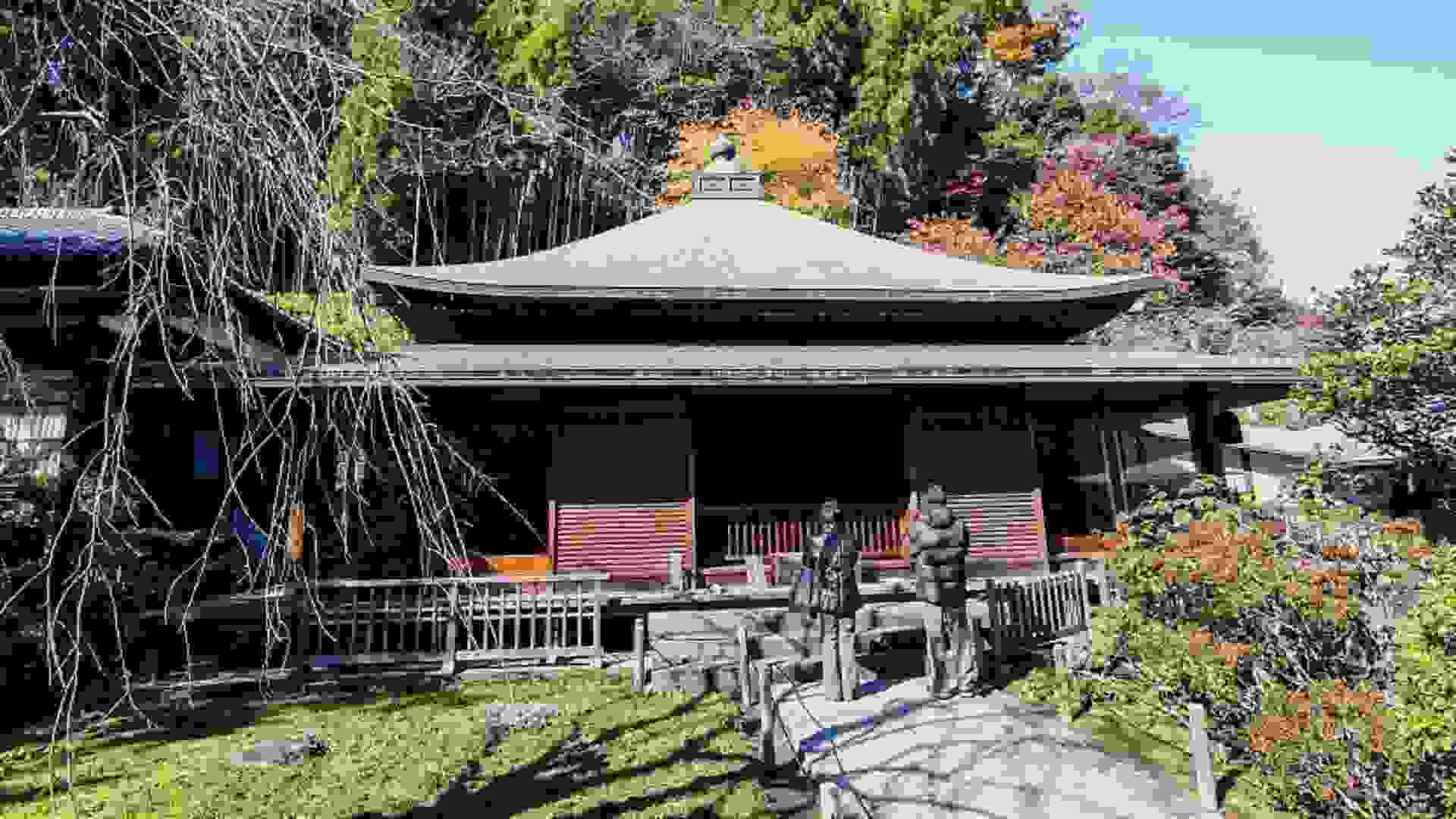The earth is filled with diverse locations, each with its own serene beauty and religious significance. While many tourist spots are well-known for their picturesque allure, every region boasts its unique set of spiritual beliefs. Though India is famed for its vast array of temples dedicated to various deities, numerous Hindu temples exist in countries like Indonesia and Cambodia. Today, however, we will focus on a particular temple that stands out.
In India, it is common for devotees to ring the temple bell in hopes of having their wishes fulfilled. People often visit temples to pray for the well-being of their families and for the long lives of their spouses and children. However, there is a special temple that serves as a sanctuary for women facing marital abuse. Known as the “divorce temple,” this location is believed to offer refuge and liberation to wives who endure mistreatment from their husbands.
Watch:
Matsugaoka Tokei-ji Temple
This temple is the Matsugaoka Tokei-ji in Japan, a site with a rich history spanning centuries. Historically, Japanese law favored men in divorce proceedings, leaving women with little recourse when they suffered abuse from their partners. The Matsugaoka Tokei-ji temple became a sanctuary for these women, providing them a place where they could seek support. Women who experienced domestic violence were welcome to enter this temple, where they could obtain freedom from their marriages.
Story Behind The Temple
Established around six hundred years ago in Kamakura, Japan, the temple was built by a nun named Kakusan and her husband, Hojo Tokimun. Although Kakusan was unhappy in her marriage and unable to divorce her husband, she found solace in this temple.
Originally, women could spend three years at the temple if they wanted to file for divorce, but this period was later reduced to two years. For a long time, men were prohibited from entering the temple. In 1902, a male abbot was appointed following the control of Engaku-ji, allowing men to visit the site.
Today, the Matsugaoka Tokei-ji Temple does not engage in any legal divorce matters; however, it is remembered as a historical refuge for women seeking safety and empowerment. The temple features beautiful architecture and is surrounded by stunning gardens, symbolizing a powerful representation of women’s liberation.







